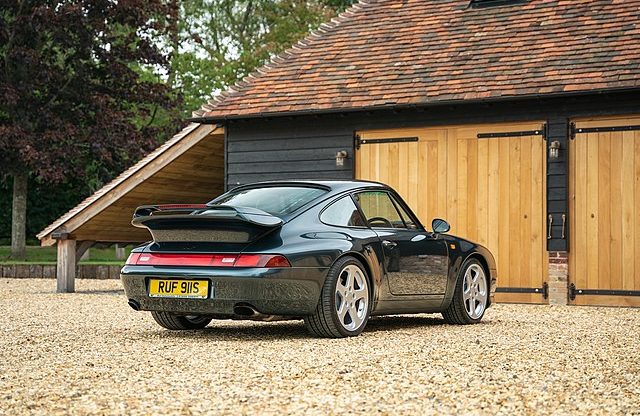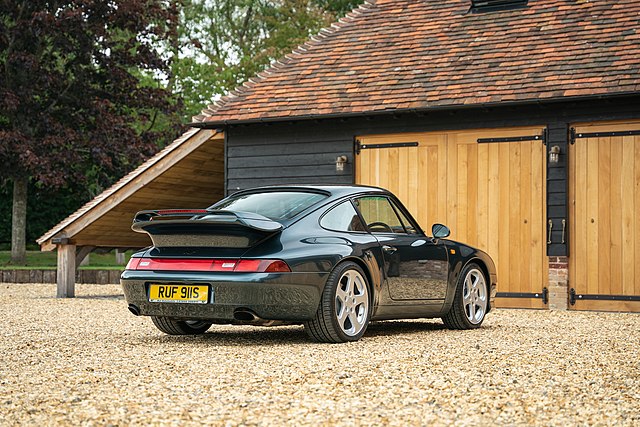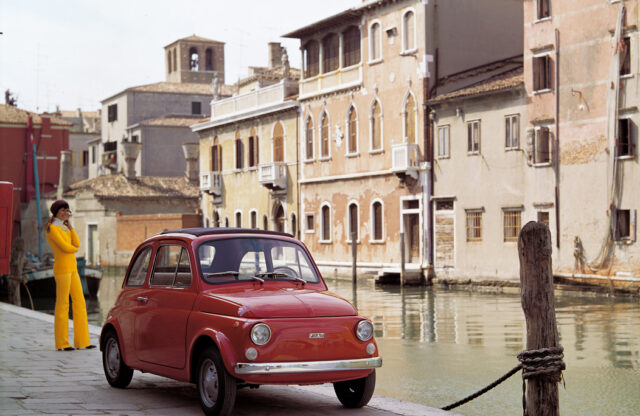WORDS: DAVe KINNEY | PHOTOGRAPHY: Honda/SUBARU/NISSAN/Ferrari
Excerpt taken from Magneto issue 12
Unless you are in the business of buying and selling automobiles, here is some helpful advice. You should always buy for enjoyment, never for the potential investment. That said, a large percentage of people seem to ignore this guidance. This article, therefore, is for you – the ones (myself heartily included) who tend not to listen to advice, even when it’s good advice.
Buying a car for a long-term investment can be fraught with potential missteps, many relating to the vehicle’s physical structure. We can address that one in a few simple words; unless you are very handy with all kinds of automotive DIY, buy the best example you can afford. Period. It’s better to borrow the money than to constantly fix, restore or redo.
So let’s go look for our collector car as an investment. First, do your homework. You can’t just buy with passion when looking for your next collectable auto. You have to keep an open mind. Brand loyalty? Best to put that aside, even when it hurts to admit that possibly your dream car no longer suits your investment plan. Your dream model is your dream, and it might not be the same for the next person.
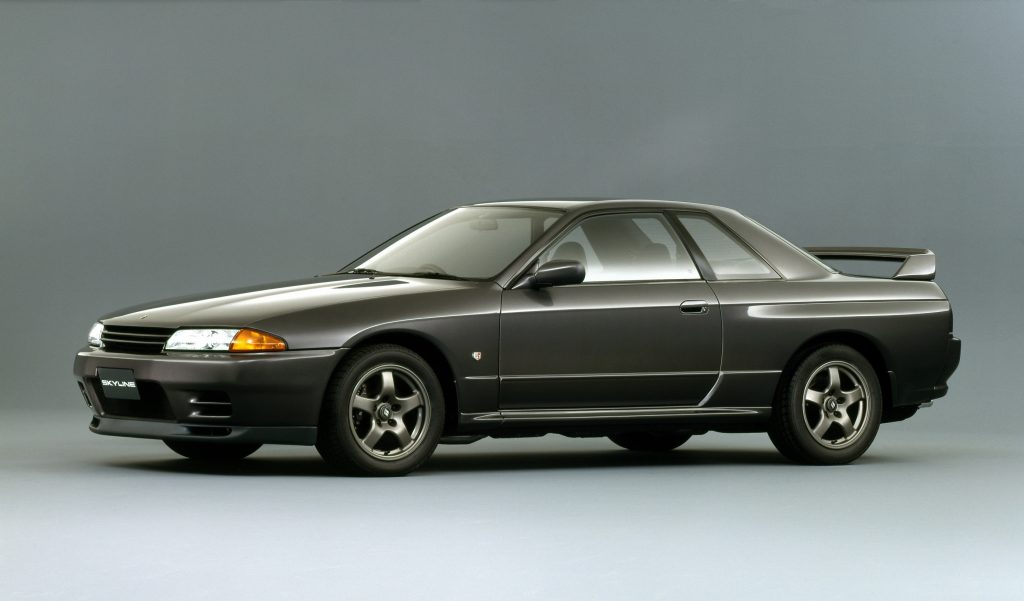
Dealers have a saying: “You make your money when you buy the car, not when you sell it.” It pays to keep that in mind, even if you are in for the long term. Let’s start with the best advice I can give. Buy your investment car from a generation or two down. If you are in your 60s, buy one that appeals to someone in their 30s or 40s. If you are in your 40s, buy a car that tempts a 20-something.
Hagerty has charted some of the models that appeal to many of its North American Generation X and Millennial buyers, and while this is just a snapshot, not a complete list, it makes for interesting reading. Why buy younger? Just like when you were in your 20s or 30s, there is a desire to buy but not the resources.
Education, housing and childcare expenses come first when you are younger, but after a few decades of work (at least in theory) you might have the spare cash for an indulgence. And for many, that extravagance just might be that car they have desired ever since their second or third decade, the model that they imprinted on and always coveted.
When that generation has the ready cash, history shows that prices start to move upwards. Importantly, the car absolutely has to appeal to you, the investor, as well. If you’re not into it, just buy an index fund or something that takes no passion.
Next up are the storage and use questions. Do you have a safe and secure place to store your investment? Is it on property that you already own, or is it leased, or borrowed from a friend or neighbour? If you are in control of your storage space, then good on you.
Remember, though, if you were to rent that space out, this might be a better way to make money rather than owning a car. Why? If you had rented that space out for, say, a very reasonable $200 per month, then each year your investment auto will have to beat $2400 in appreciation to match the lost-opportunity cost of renting that space to others.
In ten years, that number reaches $24,000, even if you don’t raise the lease price. What about those other expenses that may come back to bite? Did you remember to calculate the cost of taxes, licence and usage fees? How hungry are the little critters in your garage? Mice, moths and other beasties can do substantial damage if your storage is not drum tight, and sometimes even if you think it is.

I once looked at a Ferrari Daytona that had been improperly stored for nearly 30 years. A small stream of water from a roof leak had, over time, ruined the paint on one fender through calcification, and had started to rust through the metal. And that small amount of water pooled on the opposite side, causing more rust.
Had it been a less expensive car, its value would be for parts only. Properly stored, it would have been worth about 75 percent more. Barn-find cars are all the rage right now, but will the market have a different sensibility in 25 years? I’m not willing to take that gamble.
Will you use the car or put it into suspended-use mode? Should you ‘pickle’ it, drain all fluids, remove the battery (or batteries…)? My feeling is that you should use the car, even if you put, say, only 200 miles per year on the clock. Automobiles like it better when they are driven.
Remember, this isn’t a brick of silver but a working, complicated mechanical device. Where 200 miles a year might work for some, 1000 might be a better goal for many. That way (dare I say) you might get some real enjoyment out of your investment.
While automotive systems will go bad when not used, repairing a 1970s car with bad brakes, for example, is mere child’s play when compared with replacing brakes on something from just two or three decades later. I pick my cars for enjoyment, not investment – or at least I did, until earlier this year.
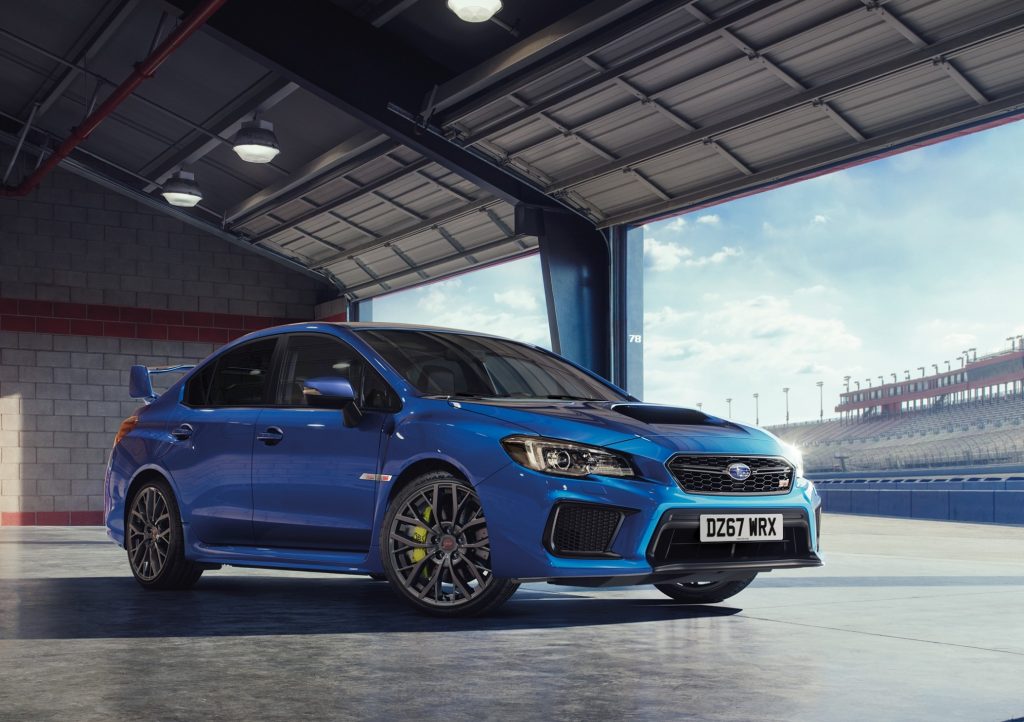
Let me know in 20 years if you are looking for the only unmodified, never-vaped-in, low-mileage, all-original Subaru WRX STI, the one with the boy-racer wing and in World Rally Blue. And yes, I loved it even before I bought it. As an added bonus, it makes me feel a few decades younger when I drive it – and how does one put a value on that?
Excerpt taken from Magneto issue 12
